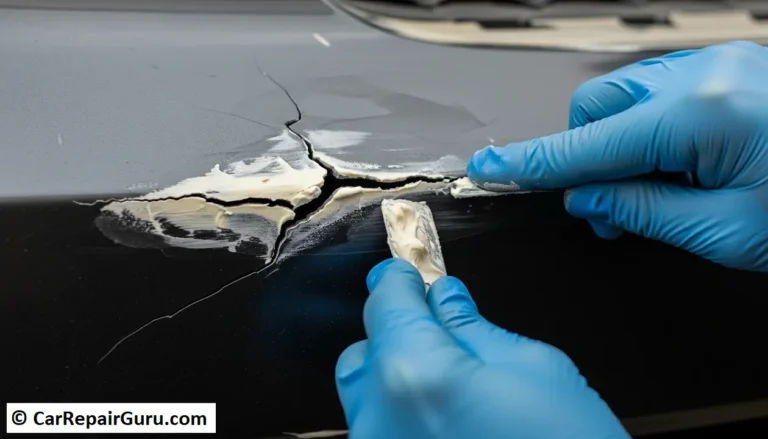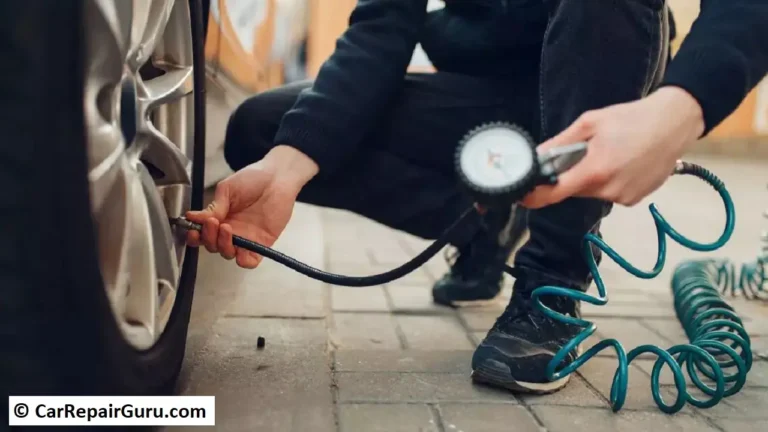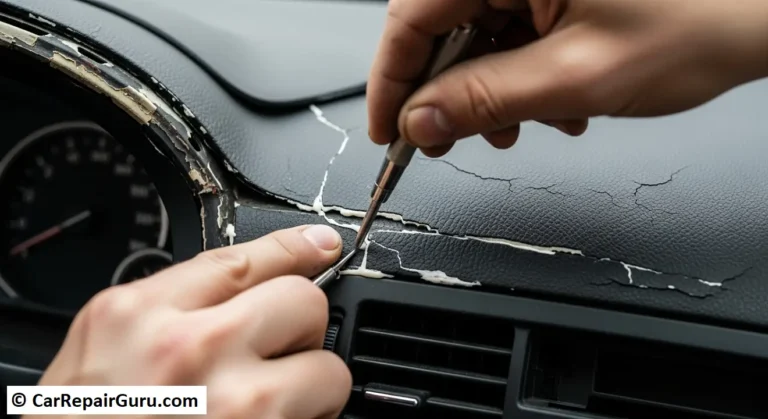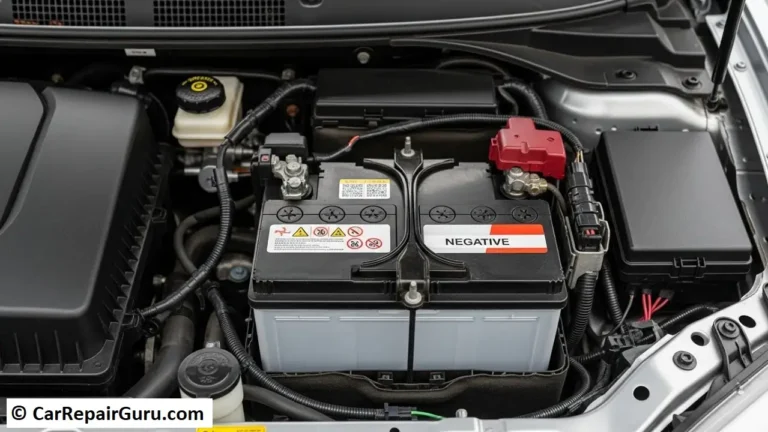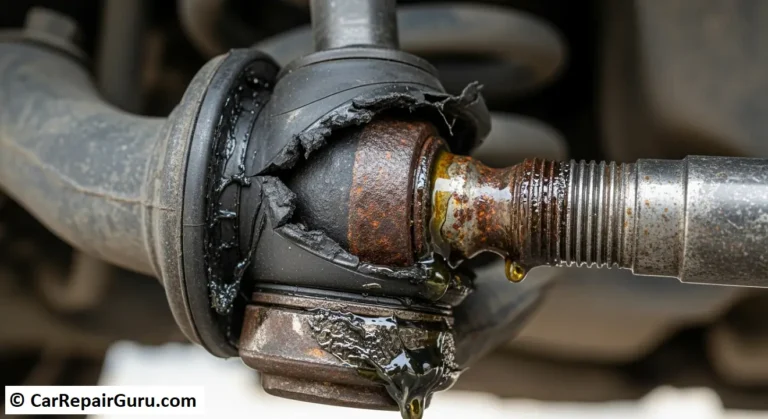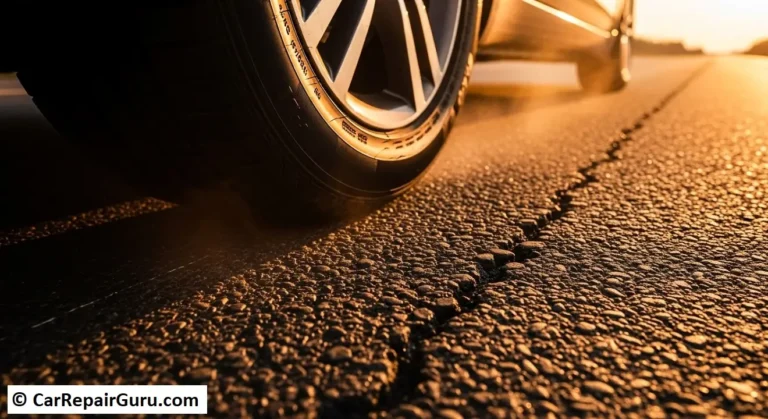
Car paint scratches can happen to anyone, no matter how cautious you are with your vehicle. From stray shopping carts to unexpected brushes with tree branches, these blemishes not only detract from your car’s appearance but can also lead to more significant issues like rust if left unattended.
The good news? You don’t always need an expensive trip to the body shop to fix them. Whether it’s a minor scratch on the surface or something deeper, there are practical solutions you can try. In this guide, we’ll walk you through everything you need to know about car paint scratches—how to identify them, fix them yourself, and prevent them in the future.
Taking the time to address these imperfections not only maintains your vehicle’s aesthetic appeal but also helps preserve its value. Let’s dive in!
Understanding Different Types of Car Scratches
Not all car scratches are created equal. Understanding the type of scratch on your vehicle is crucial to determining the best method for repair. Here’s a breakdown of the four main types of scratches:
1. Clear Coat Scratches
Clear coat scratches are the most superficial type and only affect the top protective layer of your car’s paint. These scratches often look like fine lines and may not even be visible from a distance. They are typically caused by things like car washes, light abrasions, or dust rubbing against the surface. The good news? These scratches are relatively easy to fix with DIY methods like polishing or using a scratch removal product.
2. Base Coat Scratches
Base coat scratches cut through the clear coat and reach the color layer of your car’s paint. These scratches are more noticeable as they expose the underlying color, making them stand out against the rest of the car’s finish. Causes include accidental scrapes or minor collisions. Repairing these scratches often requires touch-up paint to restore the color consistency.
3. Primer Scratches
Primer scratches penetrate past the base coat into the primer layer beneath. At this stage, the scratch is more significant and may expose the underlying primer, which is usually a dull gray or black. These scratches are often caused by harsher impacts or prolonged neglect of smaller scratches. Fixing them involves sanding, applying touch-up paint, and resealing with clear coat.
4. Deep Paint Scratches
Deep paint scratches are the most severe type, cutting through all layers of paint and exposing the metal body of the car. These scratches are often caused by keying, accidents, or sharp objects. If left untreated, they can lead to rust and corrosion. Repairing deep scratches usually requires professional attention, including filling, sanding, repainting, and sealing.
Understanding the type of scratch is the first step toward effective repair. By assessing the depth and severity, you can decide whether a DIY solution or professional repair is best for your car.
Assessing the Severity of a Scratch
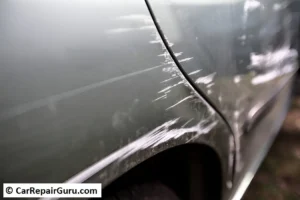
Before jumping into scratch removal, it’s essential to assess the severity of the scratch accurately. Proper assessment ensures you use the right technique and avoid wasting time or causing further damage to your car’s paintwork.
The Fingernail Test
One of the simplest and most effective ways to determine the depth of a scratch is the fingernail test. Run your fingernail gently across the scratch. If your nail catches, it’s likely that the scratch has penetrated beyond the clear coat and may require more than a simple polish. If it feels smooth and your nail doesn’t catch, the scratch is superficial and can be buffed out easily with DIY methods.
Visual Inspection
Closely examine the scratch under good lighting. Shallow scratches typically appear white or silver, while deeper ones may reveal the base coat, primer, or even the metal underneath. Deep scratches may also feel rough to the touch.
Why Accurate Assessment Matters
Understanding the depth and severity of a scratch is crucial for selecting the correct repair method. Superficial scratches can be addressed with scratch removers or polish, saving time and money. Deeper scratches, however, may require touch-up paint, sanding, or professional help to prevent further damage like rust or peeling paint.
Taking the time to assess a scratch ensures you use appropriate solutions and achieve the best possible results, keeping your car looking as good as new.
DIY Methods for Removing Minor Scratches
Minor car scratches are often frustrating but don’t necessarily require professional repairs. With some common household items and over-the-counter products, you can restore your car’s appearance at home. Here are some effective DIY methods:
1. Using Toothpaste
Toothpaste isn’t just for shining teeth; it works as a mild abrasive for polishing out light scratches.
- Step 1: Clean the scratched area with soap and water, then dry it thoroughly.
- Step 2: Apply a small amount of non-gel toothpaste onto a damp microfiber cloth.
- Step 3: Buff the scratch gently in circular motions for 30–40 seconds.
- Step 4: Wipe away excess toothpaste with a clean, damp cloth and assess the results.
This method is best for shallow scratches that haven’t penetrated the clear coat.
2. Applying Baking Soda Paste
Baking soda’s fine texture makes it another excellent option for treating scratches.
- Step 1: Mix two parts baking soda with one part water to create a thick paste.
- Step 2: Apply the paste to a soft cloth and rub it into the scratch using small circular motions.
- Step 3: Rinse the area with clean water and dry it.
This technique is gentle yet effective for minor surface imperfections.
3. Utilizing Scratch Removal Products
Specialized scratch removal products are readily available and designed specifically for light to moderate scratches.
- Step 1: Choose a trusted brand and follow the instructions on the package.
- Step 2: Typically, you’ll apply a small amount of the product to a microfiber cloth and rub it into the scratch.
- Step 3: Buff the area until the scratch fades, then wipe off any residue.
Scratch removers are a step up from household remedies and can deliver professional-like results for minor damage.
4. Shoe Polish Technique
Shoe polish isn’t a repair solution but a way to highlight scratches for effective treatment.
- Step 1: Apply a contrasting color of shoe polish over the scratch to make it more visible.
- Step 2: Once highlighted, use sandpaper or polish to treat the scratch effectively.
This method is particularly helpful for identifying and addressing faint scratches that may otherwise go unnoticed.
With these techniques, you can tackle many minor scratches at home, saving money and time while keeping your car looking great.
Professional Techniques for Deeper Scratches
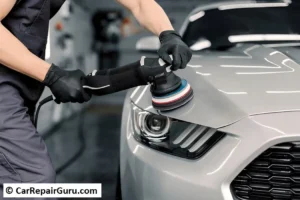
When car scratches cut deep into the paint layers, home remedies may no longer suffice. Professional techniques are often necessary to restore the car’s original appearance. Here’s a guide to addressing deeper scratches effectively:
1. Sanding and Polishing
Sanding and polishing are essential steps to smooth out the damaged area and restore the shine.
- Step 1: Clean the Area
Wash the scratched surface thoroughly to remove dirt and debris. Dry it completely. - Step 2: Sand the Scratch
Use fine-grit sandpaper (e.g., 2000-grit) and wet it with water. Gently sand the scratch in a back-and-forth motion, ensuring the sandpaper stays wet to avoid further damage. Stop once the scratch is barely visible. - Step 3: Polish the Area
Apply car polish or rubbing compound to a microfiber cloth and buff the sanded area in circular motions. This will help blend the repaired section with the surrounding paint and restore shine. - Step 4: Seal with Wax
Finish by applying a protective wax layer to safeguard the area and enhance its appearance.
2. Touch-Up Paint Application
Touch-up paint is ideal for scratches that expose the base coat or primer.
- Step 1: Match the Paint Color
Find the exact color code for your car’s paint, typically found in the owner’s manual or on a label in the driver’s door frame. Purchase touch-up paint from a reliable source. - Step 2: Prepare the Area
Clean the scratch and sand it lightly to ensure the paint adheres properly. - Step 3: Apply the Paint
Use a fine brush or applicator to fill the scratch with touch-up paint. Work in thin layers, allowing each coat to dry before applying the next. - Step 4: Seal with Clear Coat
Once the paint dries, apply a clear coat to protect the repair and add a glossy finish.
3. Using a Cutting Compound
A cutting compound is a specialized product designed to remove deep scratches by leveling the paint surface.
- Step 1: Apply a small amount of cutting compound to a polishing pad or microfiber cloth.
- Step 2: Rub the compound onto the scratch in circular motions, applying light to moderate pressure.
- Step 3: Wipe away excess compound with a clean cloth and check the results. Repeat if necessary.
- Step 4: Polish and wax the area to restore shine and protection.
4. When to Seek Professional Help
Not all scratches can or should be fixed at home. Here are signs that it’s time to call in an expert:
- The scratch exposes bare metal, increasing the risk of rust.
- The damaged area is extensive or located on a highly visible section of the car.
- DIY attempts have made the damage worse.
Professionals use advanced tools and techniques, such as spray guns and computer-matched paint, to ensure a seamless repair. While it’s costlier, professional repair guarantees long-lasting results.
By combining these techniques and knowing when to seek expert assistance, you can effectively address deeper scratches and keep your car looking like new.
Preventive Measures to Avoid Future Scratches
Preventing scratches is always better than repairing them. With a few simple habits, you can keep your car’s paintwork looking flawless and reduce the risk of future damage.
1. Regular Washing and Waxing
Keeping your car clean is more than just about appearances—it’s a protective measure.
- Regular Washing: Dirt, dust, and debris can act like sandpaper, causing tiny scratches when rubbed against the car’s surface. Wash your car weekly using a soft microfiber mitt and a car-safe detergent to avoid abrasive damage.
- Waxing: Apply a quality car wax every 2–3 months. Wax forms a protective barrier over the paint, reducing direct contact with potential scratch-causing agents. It also makes it easier to clean off dirt without scrubbing.
2. Safe Parking Practices
Where and how you park your car can significantly impact the likelihood of scratches.
- Choose Wide Spaces: Opt for parking spots with ample room between vehicles to avoid door dings and accidental scratches.
- Avoid Crowded Areas: Steer clear of high-traffic zones, such as close to shopping carts or near playgrounds.
- Watch Out for Trees: Parking under trees can expose your car to falling branches or sap, which can damage the paint.
3. Using Car Covers
Car covers are a simple but effective way to protect your vehicle, especially when parked for extended periods.
- Protection from Elements: A car cover shields the paint from environmental hazards like dust, UV rays, bird droppings, and tree sap.
- Scratch Prevention: Covers prevent accidental scrapes and scratches that might occur from passersby or objects brushing against the car.
By adopting these preventive measures, you can minimize the risk of scratches and maintain your car’s pristine look for years to come.
Conclusion
Car paint scratches, whether minor or severe, can detract from your vehicle’s appearance and lead to long-term damage if left unaddressed. By understanding the types of scratches, assessing their severity, and using the appropriate repair methods—whether DIY or professional—you can restore your car’s finish effectively. Preventive measures like regular washing, waxing, safe parking, and using car covers further safeguard your car from future damage.
Taking prompt action not only keeps your vehicle looking its best but also helps preserve its value over time. With the right care, your car can remain as good as new for years to come.
Car Paint Scratches (FAQ)
1. Can toothpaste really fix car scratches?
Yes, toothpaste can fix minor scratches on the clear coat layer due to its mild abrasive properties. However, it works best for light, superficial scratches and may not be effective for deeper damage.
2. What type of sandpaper should I use for scratch repair?
For car paint scratches, always use fine-grit sandpaper, starting with 2000-grit or higher. This minimizes the risk of further damage while smoothing out the scratched area. Ensure the sandpaper stays wet during use for optimal results.
3. How can I match my car’s paint color for touch-up repairs?
You can find your car’s paint color code on a label in the driver’s door frame, under the hood, or in the owner’s manual. Use this code to purchase matching touch-up paint from auto parts stores or online retailers.
4. Are scratch removal products safe to use?
Yes, scratch removal products are safe and effective for light to moderate scratches when used according to the manufacturer’s instructions. Always test the product on a small area first to ensure compatibility with your car’s paint.
5. How do I prevent scratches while washing my car?
Use a two-bucket method—one for soapy water and another for rinsing the mitt. Always use a microfiber wash mitt and avoid abrasive sponges. Rinse thoroughly to remove dirt before wiping.
6. When should I seek professional help for a scratch?
Professional help is recommended for deep scratches that expose bare metal, cover large areas, or are in highly visible locations. Experts can ensure seamless repairs with tools like spray guns and computer-matched paint.
